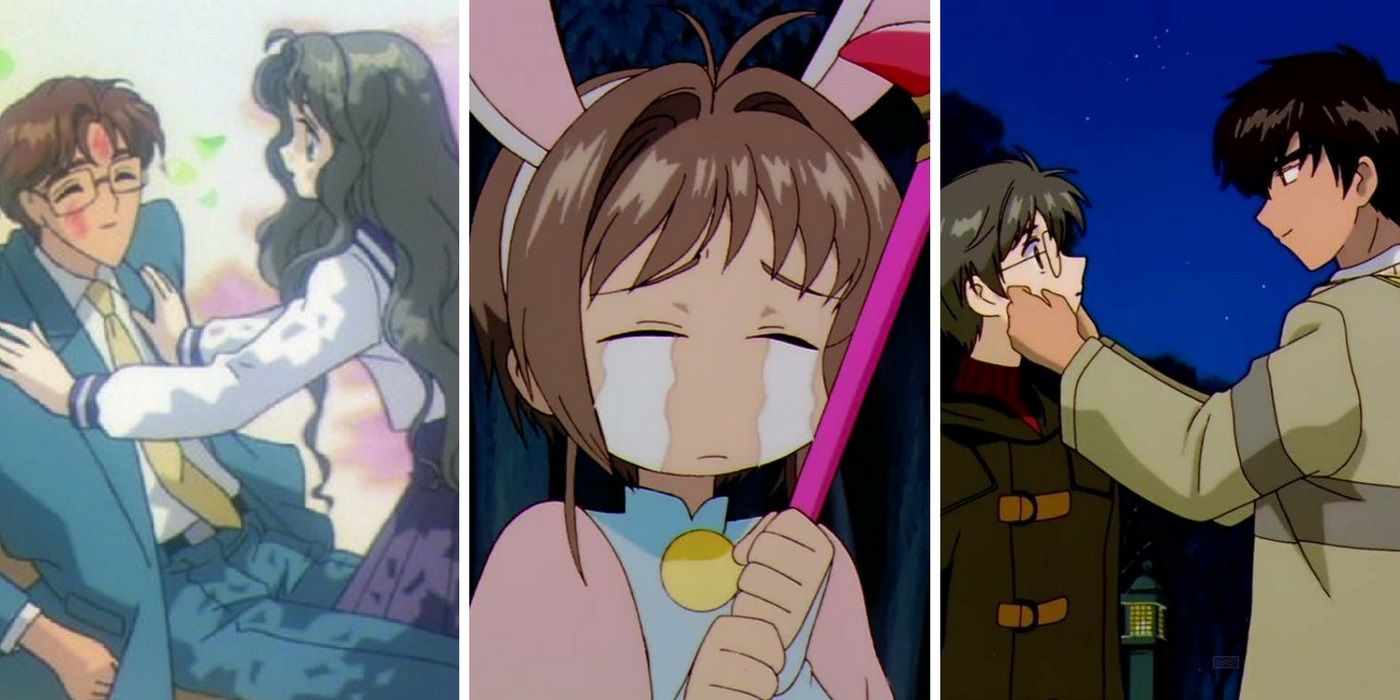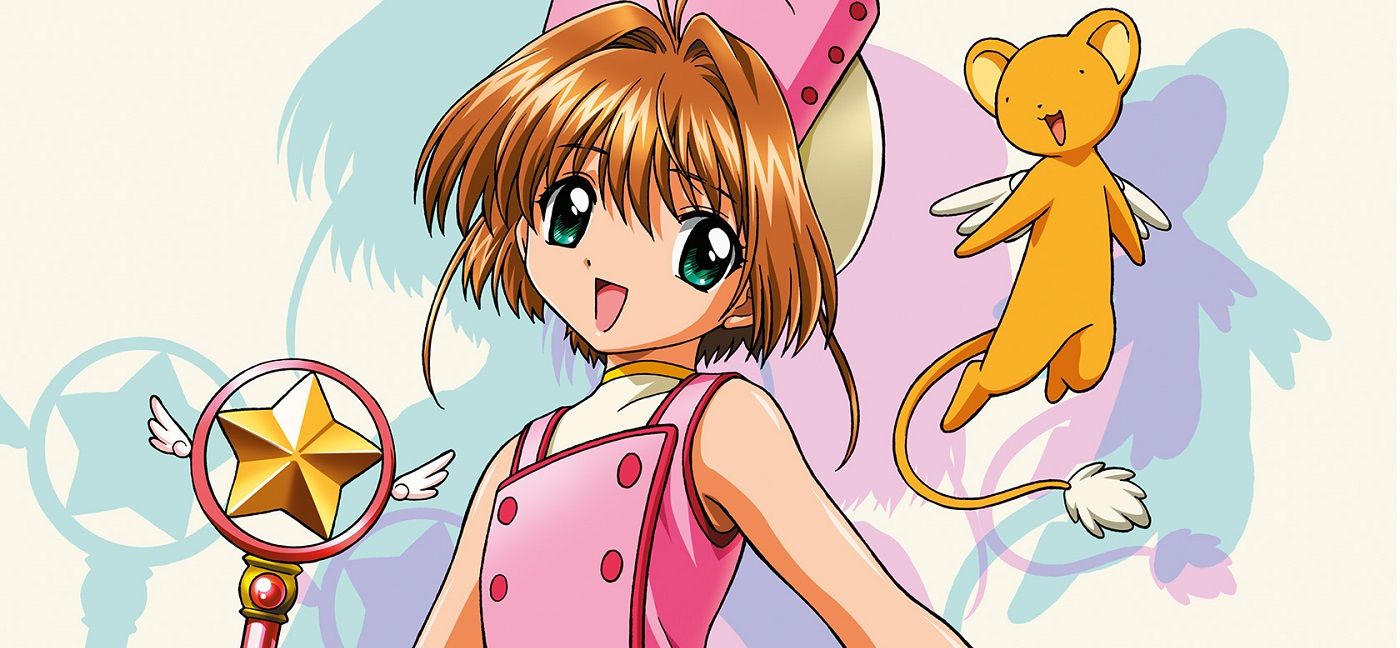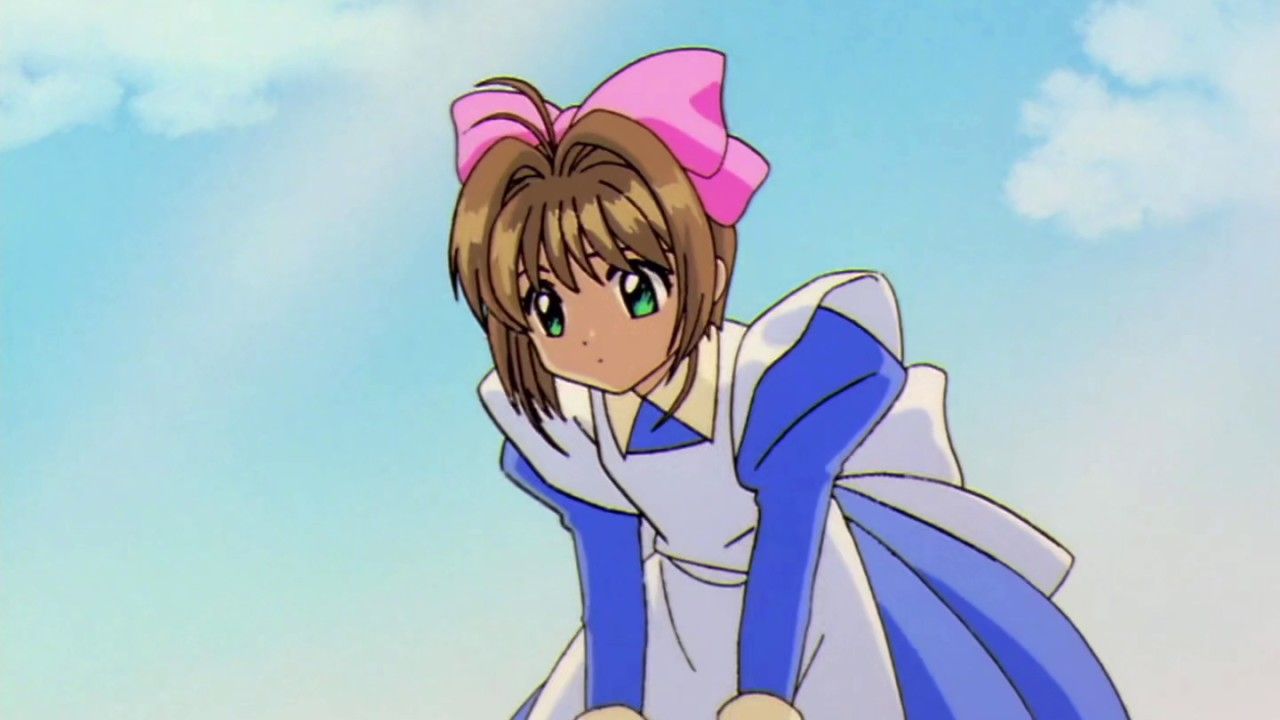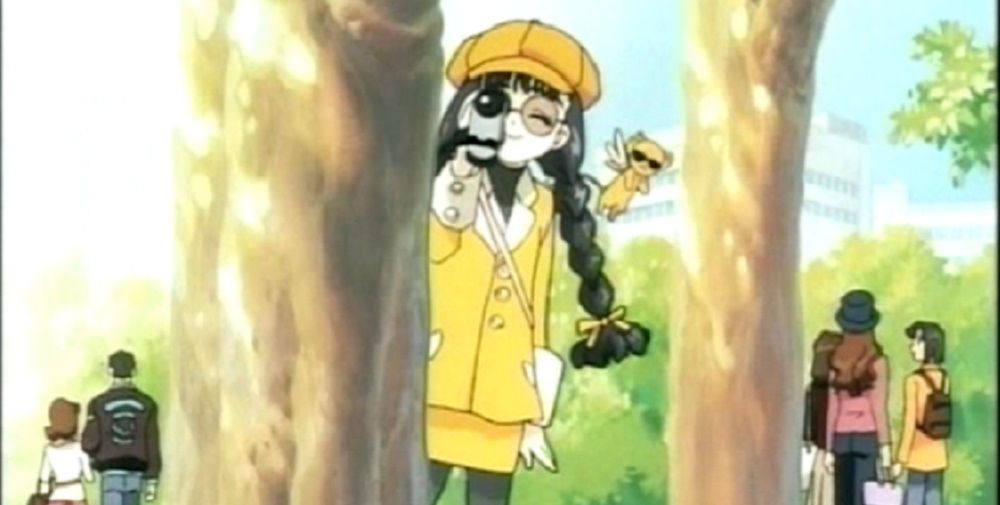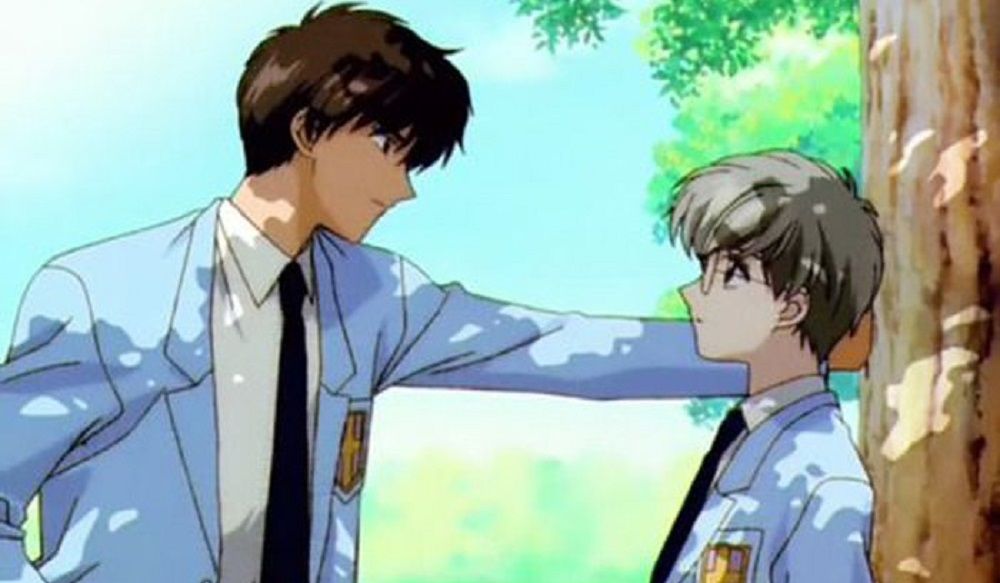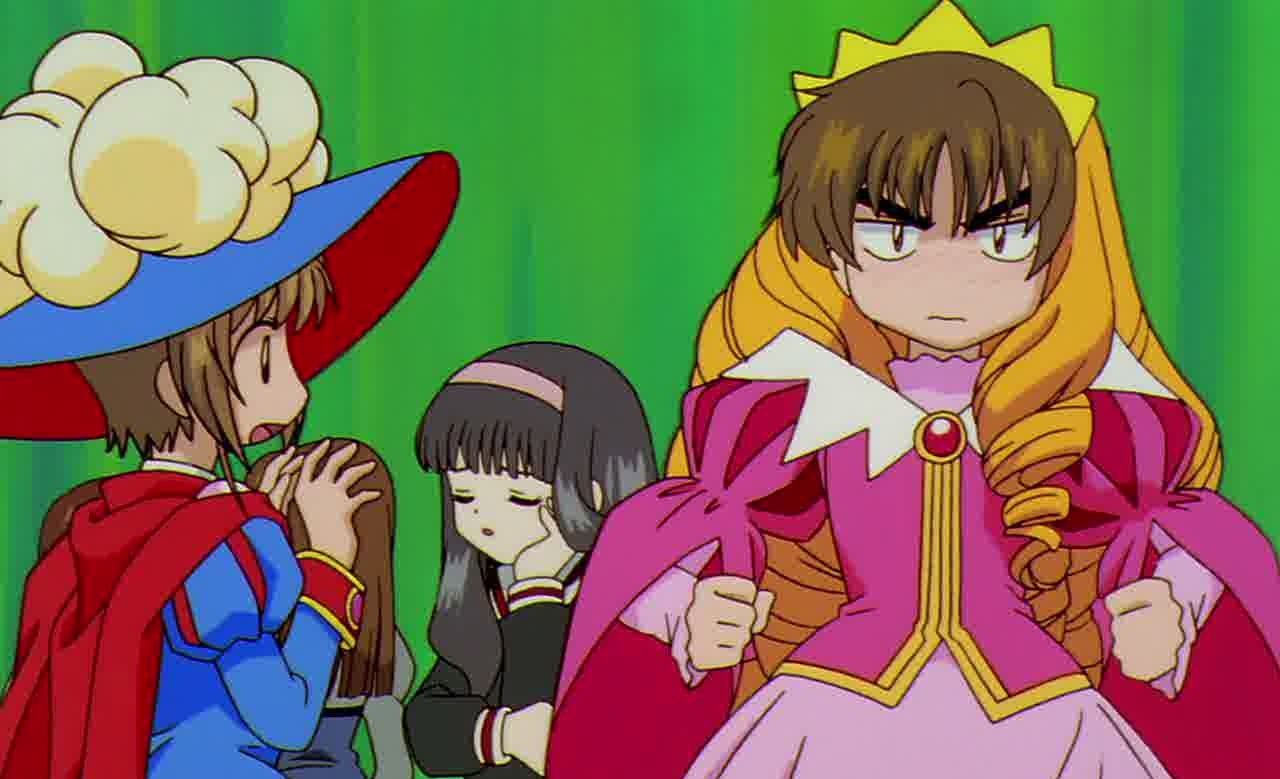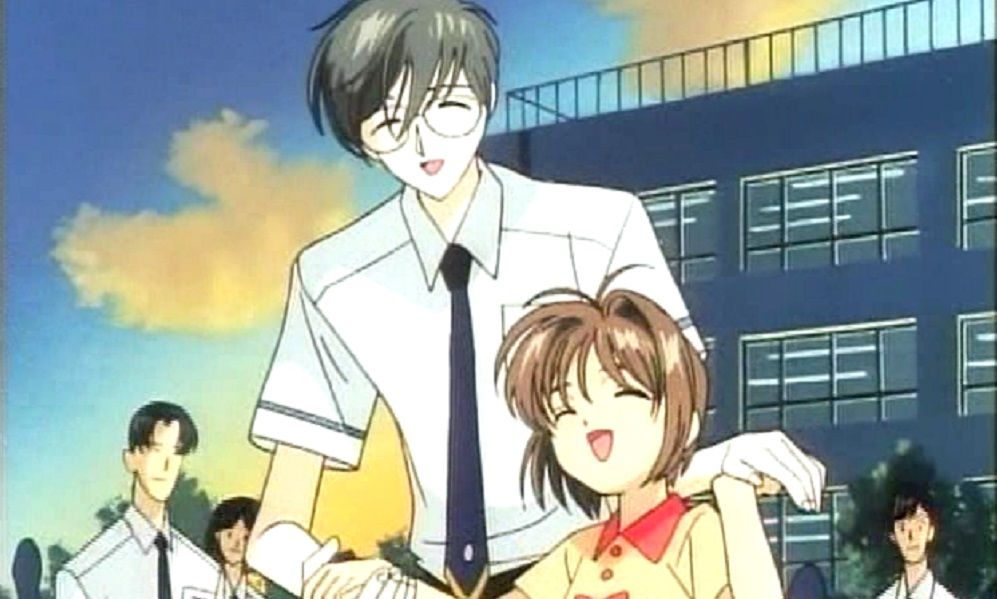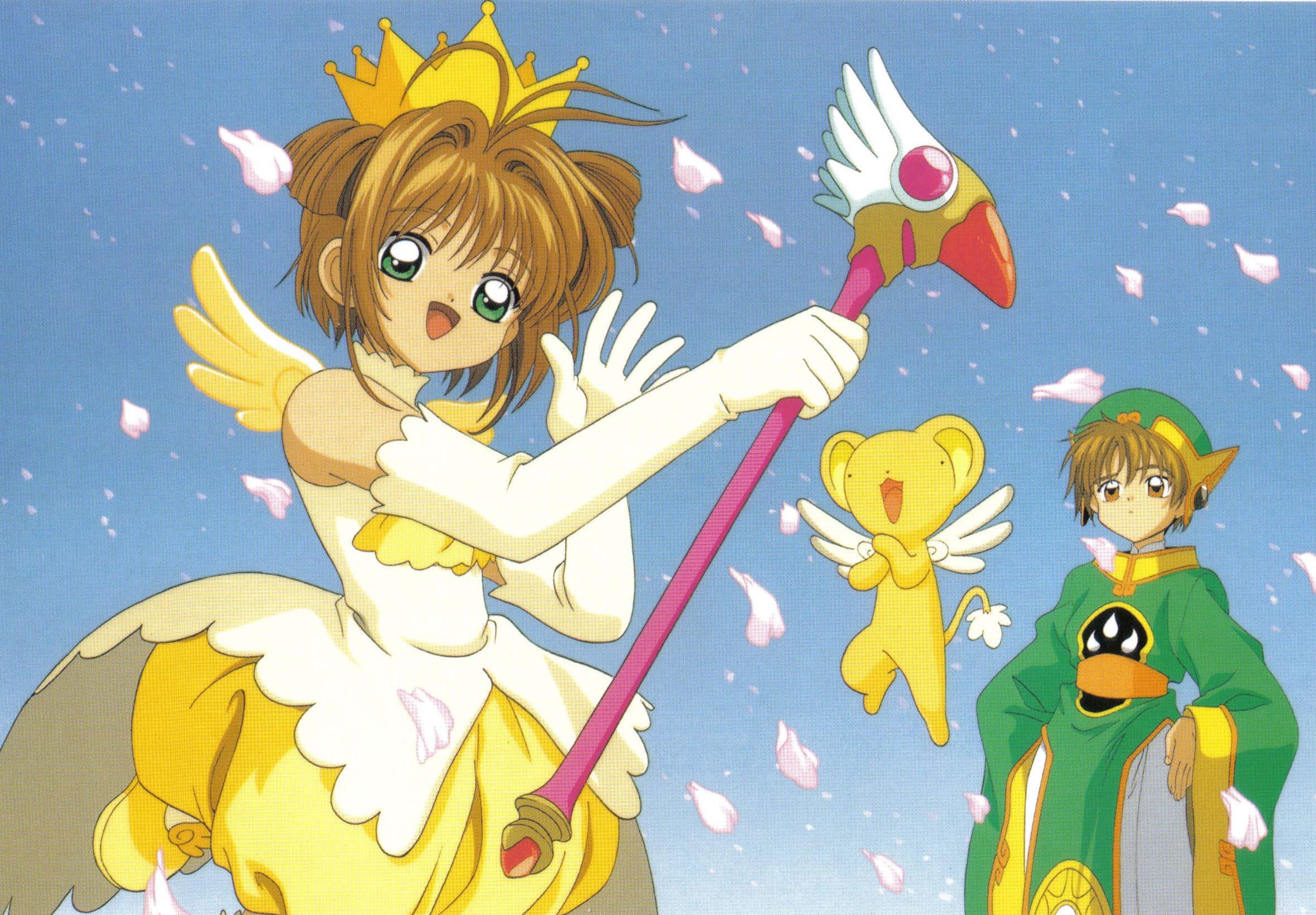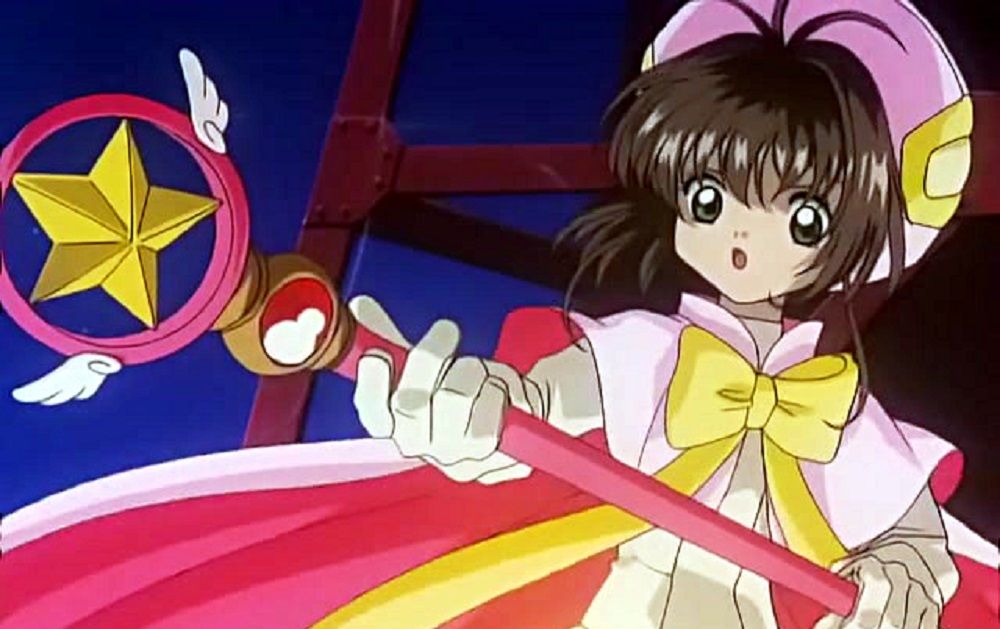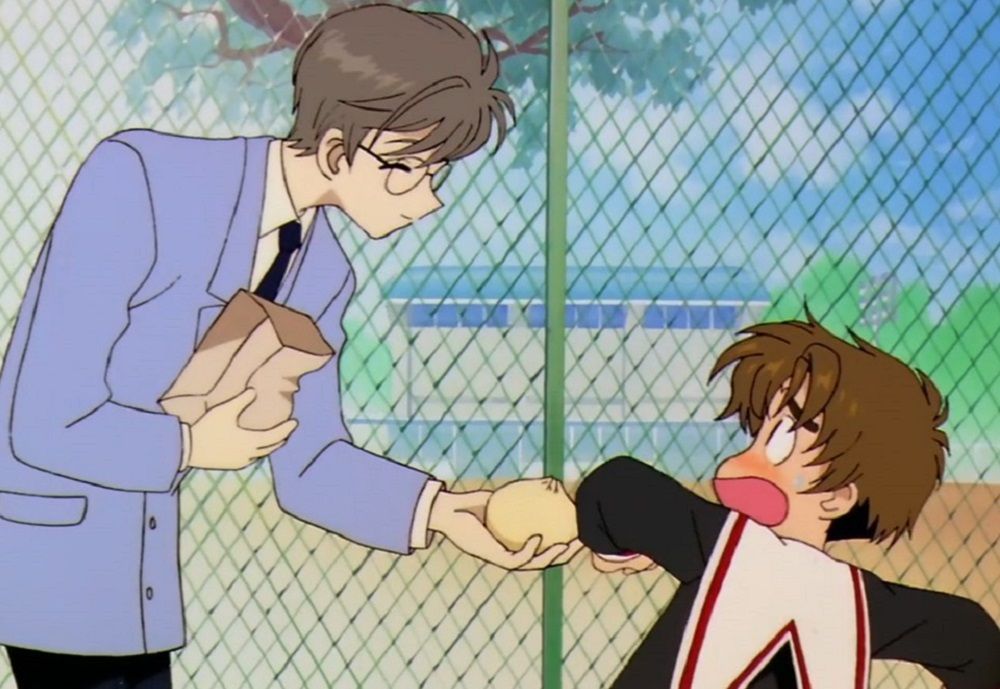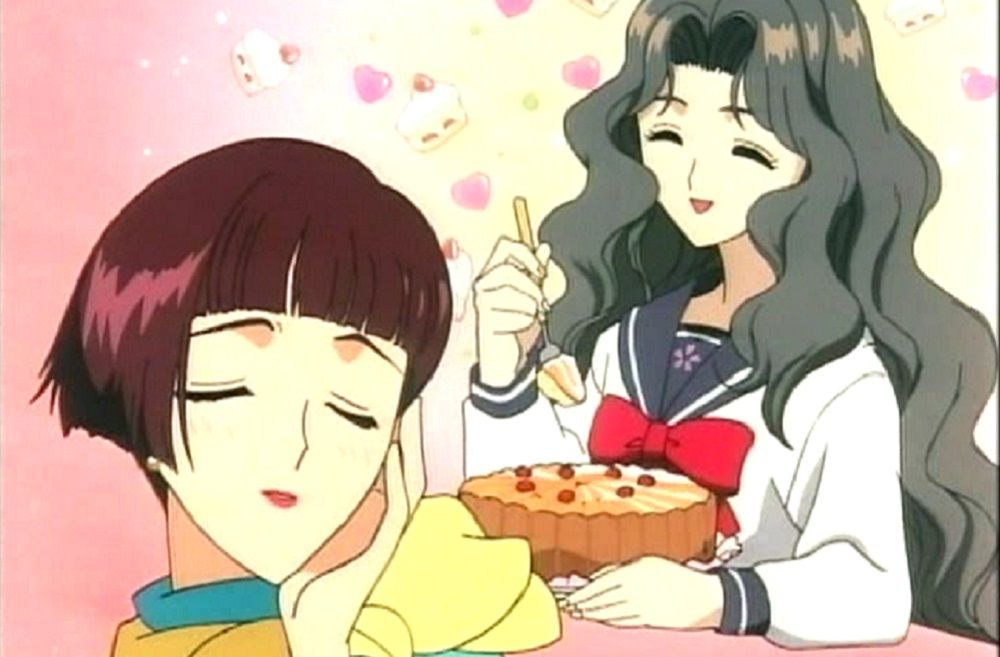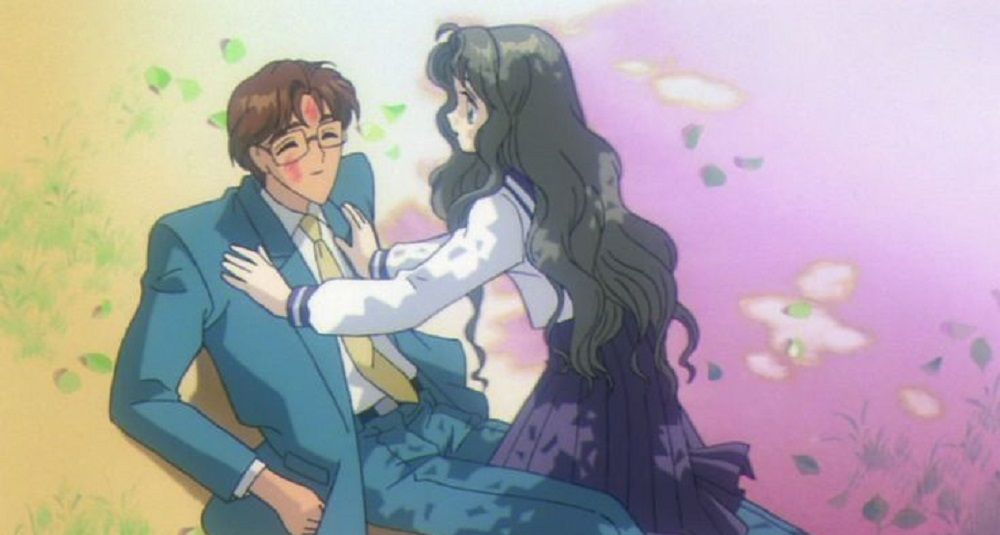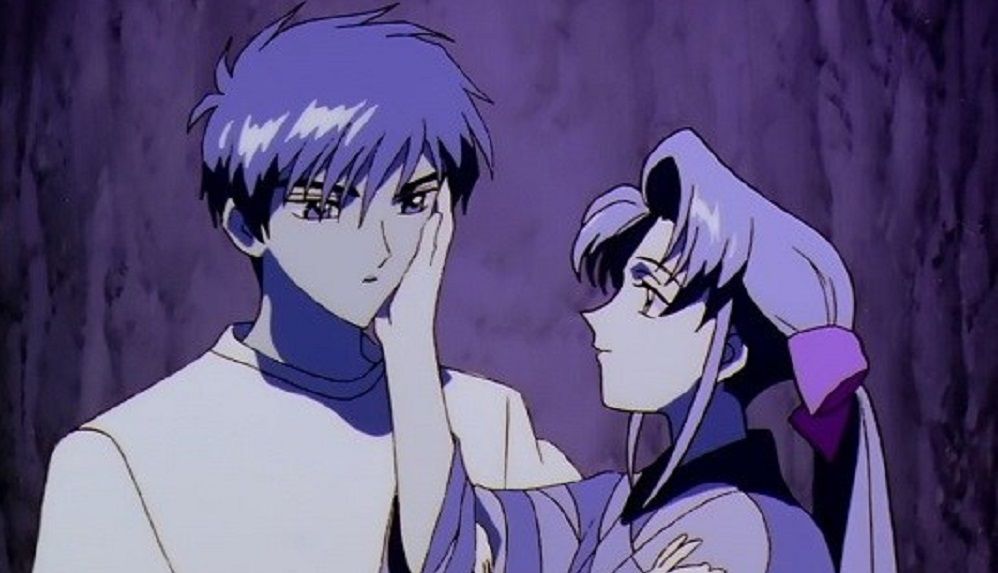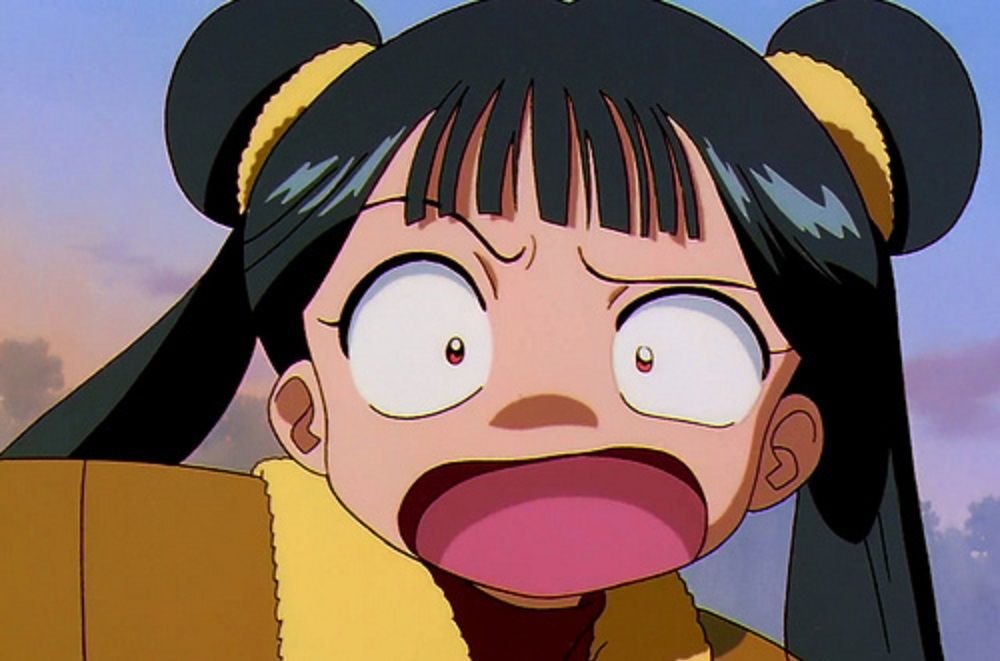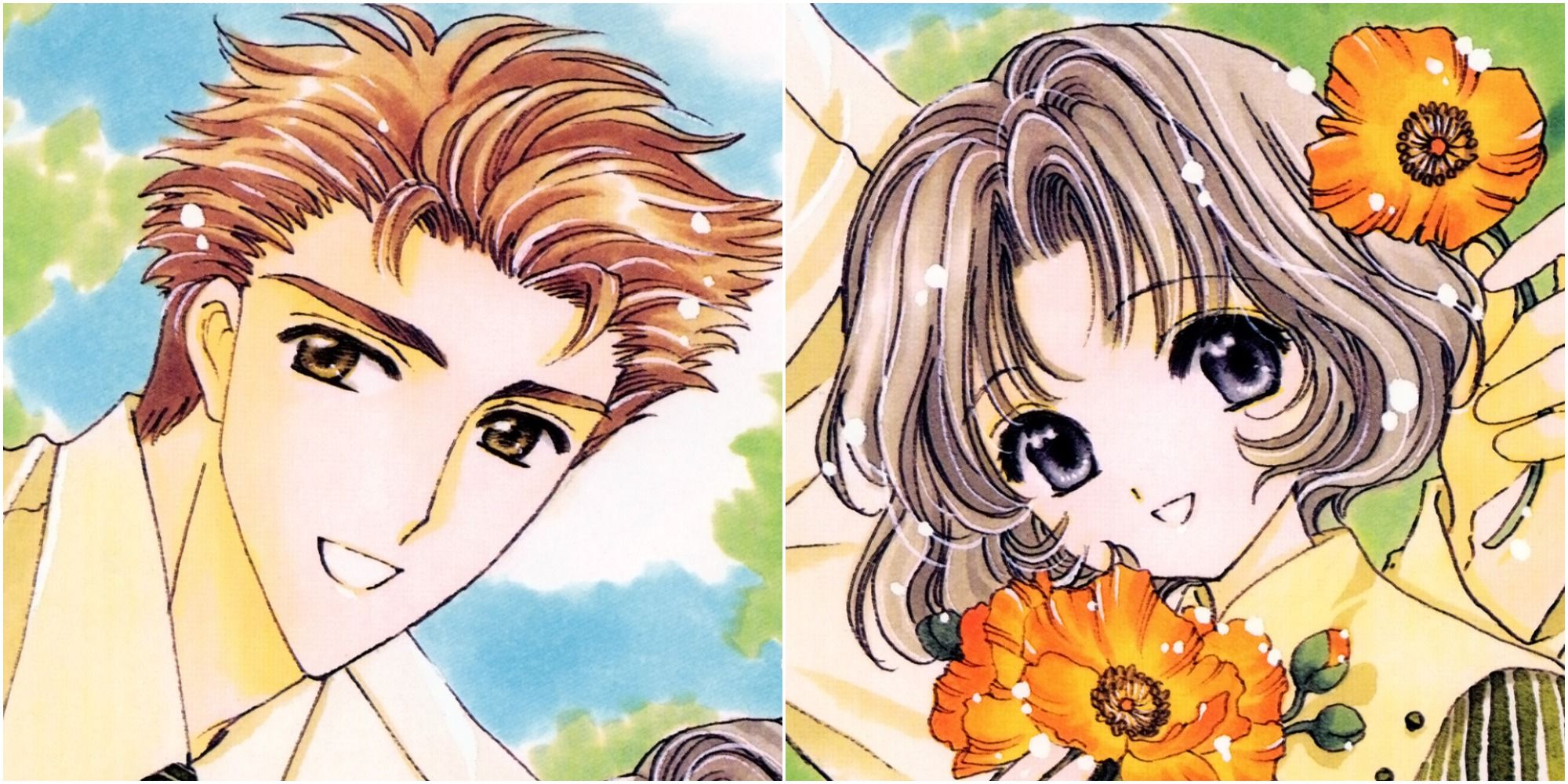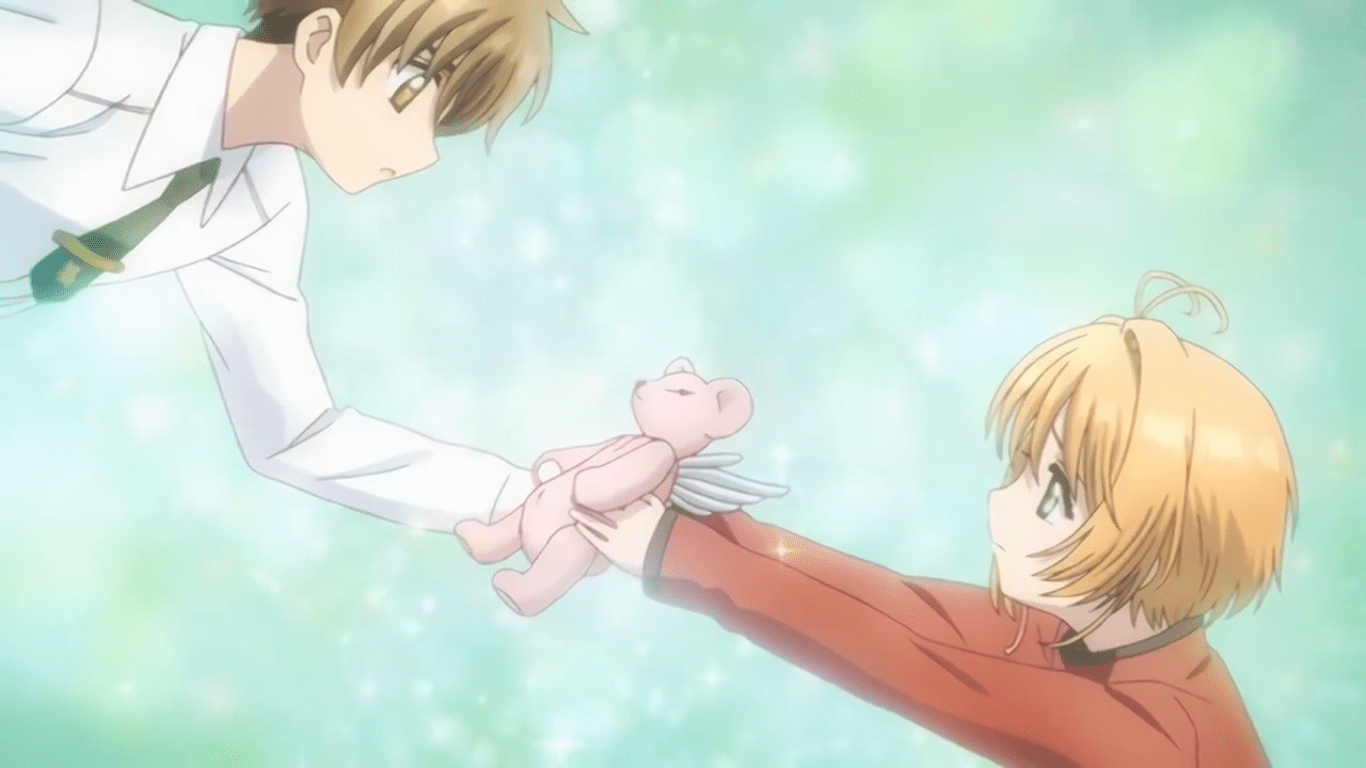Imagine a show that combined the stylish heroics of Sailor Moon with the addictive "gotta catch ‘em all" angle of Pokémon or Dragon Ball Z. It is no wonder that CLAMP’s iconic magical girl series Cardcaptor Sakura became so popular both in its native Japan and during its run in Northern America.
The series centred on schoolgirl Sakura Kinomoto, who opens a mysterious book and lets loose a set of magic cards, accidently making it her duty to capture the dangerous freed cards.
Rather than conforming to the stereotype in many contemporary shows which necessitates female heroes adopting masculine traits to achieve their goals, Sakura maintains a conventionally feminine persona. Her power stems from love, pureness of heart, and cute, frilly outfits. In turn, the show explores the complexities of love, both platonic and romantic.
All of that is changed in the Americanized version. The original Japanese Cardcaptor Sakura version and the English dubbed Cardcaptors version released in North America are vastly different products. It was not simply translated – it was completely transformed.
To appeal to a Western male audience, all the most evidently feminine aspects are removed. The series is reduced dramatically from 70 to just 39 episodes.
Here are 15 Ways Cardcaptor Sakura Had To Be Censored In America.
15. That Girly Title
Originally Cardcaptor Sakura was consciously aimed at young Japanese girls. The female lead, her relatable personality, her costume changes, and the focus on young romance were all stereotypically aimed at a young female demographic.
The series began as a manga and was adapted into a 70-episode anime television series by Madhouse, airing in Japan from 1998 to 2000. During this period, Japanese animation was beginning to break into the American market and adventure series aimed at boys were most popular.
When Nelvana re-commissioned the show for American audiences, it was shifted to fit into what was perceived as a more lucrative market. Cardcaptor Sakura became Cardcaptors. This removed the gender-specific focus to appeal more to American boys, who showrunners thought would not watch a program with a icky girl’s name in the title.
14. Politeness
When Cardcaptors came to America, the originally girly heroine was deconstructed to appeal to a different market. Through changes to the dub, Sakura’s personality became less naïve and more assertive to reflect both the cultural shift and the new audience stereotyping.
This change was in line with changes to all the characters. While Cardcaptor Sakura featured more polite and soft-spoken Japanese children, Cardcaptors portrayed the young characters to be far more outspoken. The dub aims to match what the new target audience would expect and appreciate.
The most drastic change came to Sakura’s best friend, Tomoyo Daidoji. Renamed Madison Taylor, the rich and elegant character’s speech pattern was changed to “valley girl” speech. This was thought to be more relatable to the audience.
13. Girl Crushes
Tomoyo (AKA Madison in the American dub) is Sakura’s best friend. She is also entirely infatuated with Sakura.
When she learns of Sakura's new duty as a Cardcaptor, she is over the moon, insisting that Sakura wears "special outfits" which she provides. She follows Sakura on her missions so she can film the events on her video camera and is shown to dream about the other girl.
Predictably, in the American dub, Madison’s crush on Sakura is removed.
Any dialogue hinting that her feelings are anything other than platonic are edited out.
In general, LGBT relationships are far more common in Japanese animation than in Western ones. This particular flavour of Girls’ Love is especially common when depicting growing up. It seems dishonest to edit out.
Even with the changes in the dub, it is difficult to read Tomoyo's obsession with dressing Sakura in frilly costumes and videotaping her as anything but a young crush.
12. Guy Love
The handsome, musically talented, hard-working Toya Kinomoto is Sakura’s elder brother.
Working multiple jobs to pay for his college tuition, Toya is kind, athletic and a hit with the ladies. He has multiple girls confess to him throughout the show but for some reason he always turns them down.
Toya is very close to his friend Yukito and it becomes obvious that the two have unspoken feelings for each other.
When Toya sacrifices his supernatural power to save Yukito’s life, they finally admit their love for each other. Although a lot of the young loves keep shifting and changing in the show, Toya and Yukito are together through it all.
Unsurprisingly, this romantic subplot is totally obliterated from the US dub. Multiple obvious references are removed from the dub and the two are presented as close friends. Very close friends.
11. Theme Music
Desperate to overhaul the perception and audience of Cardcaptor Sakura for Cardcaptors, the American version even changes the theme music and introduction.
The original Japanese opening sequence and credits are backed by a couple of different songs. The soundtracks are all upbeat, cheerful numbers, sung by sweet female voices.
In contrast, the new American version features a more aggressive song, sung by a male vocalist. The visuals are also changed from the slice of life, cutesy school visuals to focus more heavily on scenes of fighting and adventure.
The themes of love and young life are replaced with adventure and conspiracy. It is unusual for censorship to try to add in more violence, rather than attempt to edit it out.
10. Crushing on an older guy
Although lamentable, much of the removal of LGBT relationships from the version shipped across to American audiences was not unexpected. It had already been seen in Sailor Moon with the removal of any trace of Sailor Neptune and Sailor Uranus’ long-term relationship from the US dub.
Similarly, a few relationships between more mature characters and minors were removed for obvious motives. It is unusual that almost every relationship in the show is watered down for seemingly no better reason than thinking romance was too girly for American boys.
Before recognizing his love for Sakura’s brother Toya, Sakura had a huge crush on Yukito. In the American version, the crush is still there but entire episodes are rewritten to avoid bringing it up. It is true that Yukito is several years older than Sakura, as he is a similar age to her brother, is it a large enough age difference to be dubious?
9. Random ordering of episodes
Cardcaptor Sakura originally ran to 70 episodes and two movies. Though Nelvana technically adapted all 70 episodes, only 38 episodes originally aired in the US. That cuts out almost half the story.
The series opened with Episode 8 as this episode introduced an important male character, Syaoran Li (AKA Li Shaoran). He is Sakura’s main rival throughout the series, also seeking to capture the cards and take advantage of their power. It was thought that boys would not be able to relate to a female lead and so starting the series with Syaoran’s introduction was set to appeal most to the anticipated male audience.
The rest of the series was aired in a random order, with entire sequences hacked apart, mostly to remove the aspects seen as inappropriate for the Western audience.
This led to inconsistencies and plot holes, as well as ripping out the heart of the show.
8. "The Final Judgment" plotline
The Americanization completely rewrites certain crucial plotlines of Cardcaptor Sakura.
The season two finale, the "Final Judgement", reveals that the price to pay for Sakura losing to Yue is that everyone related to the Clow Cards would lose their love for the person they cared for the most.
In the English version, the episode runs similarly, except that the motivation is changed so that the price for losing is now that everyone's memory would be erased from the time the Clow Cards were released up to the Final Judgement.
No doubt, the shift in focus is to move away from certain love stories that have been left out of the dub. Yet is can’t help but come across as expressing the opinion that love would not be a strong enough motivation in the eyes of the new audience.
7. Young Love Triangle
In their effort to change the feel of Cardcaptor Sakura, almost all the romantic relationships are removed. This even applies to relationships which are quite crucial to the development of the main characters.
Before Sakura and Syaoran develop their rivalry into affection, both characters have a crush on the same character.
Syaoran is attracted to Yukito (AKA Julian Star). The young man will often blush or run away when he meets Yukito. In parallel, Sakura has a crush on Yukito so the main characters would often compete with each other for his affections. The pair are truly rivals, both in their quests to capture the Clow Cards and in their love.
It should be unsurprising by now that this young love triangle is removed from the US dub. By this point, it is hard to tell if it because part of it is a same-sex crush or just because it is a romantic subplot at all.
6. Creepily close family relations
The familial and romantic loves in Cardcaptor Sakura do become a little "intertwined."
To fill in the background, it has to be pointed out that in Japan a relationship with your first cousin is not considered wrong and cousins can legally marry.
With that in mind, Sakura’s mother and Tomoyo’s mother are cousins.
In the show, Sakura’s mother has passed away, three years after giving birth to Sakura. Tomoyo’s mother adores Sakura, treating her like her own daughter. In part, this is revealed that it is because she has loved Sakura’s mother since kindergarten.
Now, it is pretty normal to love your cousin. Yet, it is less normal to hate your cousin’s husband for getting to spend more time with her. Tomoyo’s mother’s love is presented as slightly more than familial love, seeing Sakura’s father as a rival.
In Cardcaptors, this subplot is written out. To avoid any confusion, the mothers are even said to be friends rather than cousins.
5. Parents’ Backstory
One of the many relationships that are edited in the American dub is that of Sakura’s parents.
A problematic theme of the show appears to be teacher/student romance. Sakura’s father, Fujitaka Kinomoto, was a teacher at her mother’s high school, and they married while she was still a high school student. Nadeshiko was a beautiful, cheerful girl, as well as a part-time model. It is described how the two would come to the high school together while married with disgustingly romantic matching packed lunches.
Romanctic lunches aside, Fujitaka, as a teacher, was in a position of authority over Nadeshiko and their relationship while she was still a student was questionable.
To make things a little more respectable in the American dub, she didn't get married at the age of 16 but fell in love with her husband at that age.
4. Yet Another Teacher/Student Relationship
Another pairing that is played down in the Americanization is Sakura’s brother Toya’s brief relationship with his student teacher Kaho.
Kaho is a beautiful, spiritual woman with wisdom beyond her years. Toya meets her at a Shrine under a cherry blossom tree and they are attracted to each other due to mutual magical powers. It is only afterwards that Toya realises that Kaho is his new student teacher. Their friendship eventually grows into a romantic love, which Toya touchingly confesses under the same tree where they had originally met.
Despite the tutor/student angle, the relationship is less eye-brow raising than previous relationships due to Toya being slightly older. Toya and Kaho are not a couple for long.
A year after their romance starts, she moves overseas for studies and the couple part.
3. A Young Engagement
With her cute black buns and bratty personality, Meilin Li adds a little spice to Cardcaptor Sakura.
She arrives on the scene with Syaoran to help him capture the Clow Cards. Actively disliking Sakura, she is impulsive and has been friends with her cousin Syaoran since childhood. When Syaoran rescued Meilin’s escaped pet bird as children living in Hong Kong, Meilin became devoted to Syaoran - declaring them to be engaged.
Fourth grade does seem a little early to be engaged.
In the English adaptation Cardcaptors, her name is changed to Meilin Rae and her engagement with Syaoran (and their familial relationship) is omitted. Instead, she is portrayed as a friend of Syaoran and her romantic feelings toward him become a crush, meaning she still fulfills her position as rival for Sakura.
2. 20 year age difference
Yoshiyuki Terada, or Terada-sensei as he is addressed by all of his students, is the teacher at Tomoeda Elementary School. He is the homeroom teacher throughout the fourth grade for Sakura Kinomoto and every other recurring elementary student character.
In the manga, kind-hearted Terada maintains a secret relationship with one of the other students, little Rika. In the anime, Terada and Rika are not officially engaged, but the couple maintain a close relationship. Rika has an obvious schoolgirl crush and Terada always accepts the cakes and presents she gives him.
The references to the relationship are eliminated entirely in the US versions. Rika's shyness toward Mr. Terada is presented in a way that implies that she is afraid of him rather than fancies him.
Of all the relationships edited out of the US dub, the one between the 10-year-old and her 30-something tutor feels like a fair one to remove.
1. Final Scene
The main romance of the original show is the competition-turned-affection between rivals Sakura and Syaoran.
This seemingly innocent subplot is avoided as much as possible in the American dub. It is still visible but it is hugely played down.
In the American adaptation, the last scene where Syaoran confesses his love to Sakura is removed. He does not even make and gift Sakura with a teddy bear. He simply says he is going to go home now and then exits. It leaves the series inexplicably incomplete.
As we begin the new series Cardcaptor Sakura: Clear Card, almost 20 years since the end of Cardcaptor Sakura, the first scene is Syaoran and Sakura’s reunion and the return of the bears to their original makers. It’s almost like the American dub missed the point of Cardcaptor Sakura.
---
What do you think of the changes made to Cardcaptor Sakura? Let us know in the comments!

